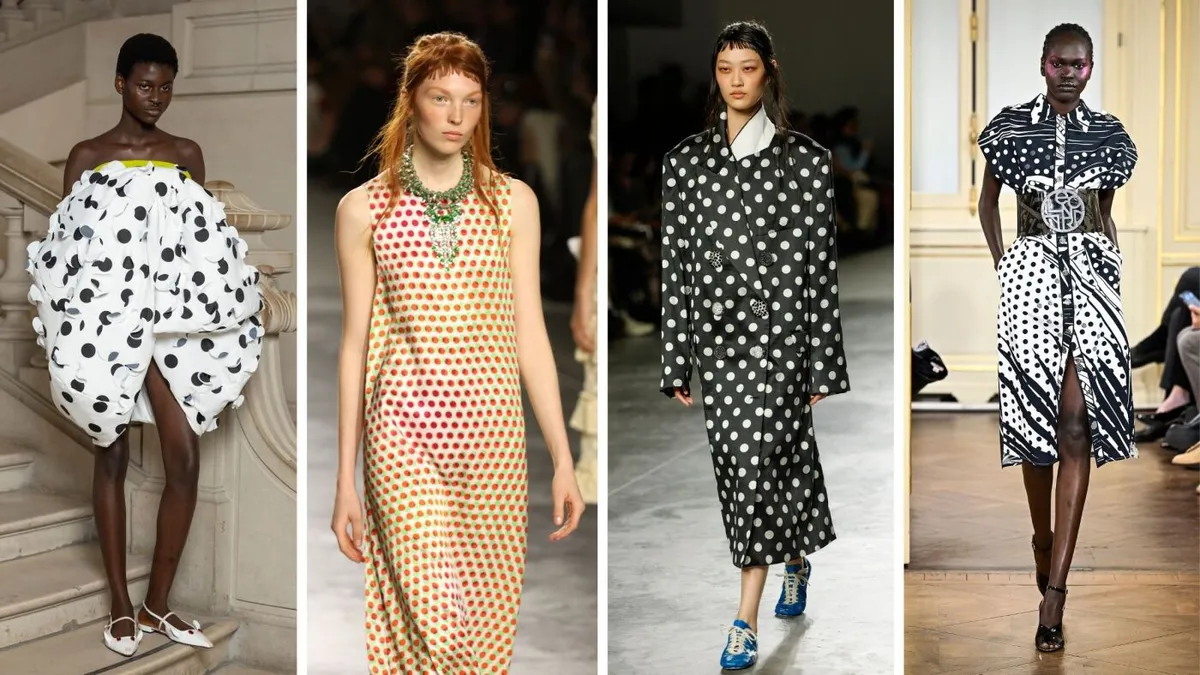
In the past, predicting what matters in fashion was an exclusive endeavor, dominated by those fortunate enough to attend the prestigious runway shows in cities like New York, Milan, London, and currently, Paris. Influential magazine editors held the reins, shaping perceptions and trends within the industry. A classic line from the 2006 film The Devil Wears Prada, spoken by the formidable Miranda Priestly, encapsulates this sentiment perfectly: "You still don't get it, do you? Her opinion is the only one that matters." Although the voices of elite fashion insiders still hold considerable sway, the landscape of trend prediction has transformed dramatically over the last decade.
Platforms such as TikTok, Instagram, and Pinterest are revolutionizing how trends emerge and gain traction. According to a report by Launchmetrics, over 40% of global consumers made at least three purchases of apparel and accessories through social media in 2024. Amy Sullivan, the vice president of buying and private brands at Stitch Fix, an online fashion retailer and styling service, noted that the wealth of information available today accelerates the pace at which trends evolve. "With so much data floating around, fashion industry players are leaning on AI to remain competitive," she explained.
AI technology is increasingly being utilized in the fashion industry to streamline decision-making processes. Sullivan shared an example where AI played a crucial role in determining whether her team should opt for a red or blue striped shirt for the upcoming Spring season. "In the past, you'd make a spot decision without sufficient data, or you would have to wait weeks for samples from overseas, which can be costly," she said. "Now, with AI, we can visualize it on a full body image, enabling us to make more informed choices." Ultimately, her team decided on the blue stripe, showcasing the effectiveness of AI in modern fashion forecasting.
AI algorithms are assisting the fashion industry in numerous ways, including crafting personalized customer experiences, managing supply chains, and generating images. To predict which styles will be popular next season, these algorithms analyze vast amounts of data from various sources. Noémie Voyer, the fashion expertise lead at Heuritech, a Paris-based company collaborating with brands like New Balance, Skims, and Prada, stated, "Our models track everything from runway shows to social media, allowing our AI to detect early signals of trends—sometimes months before they become mainstream." Her company’s algorithms have accurately predicted several emerging trends for the coming year, such as dotted prints, flat-thong sandals, and the color yellow, all of which have already appeared on runways during this year's fashion weeks.
Despite the sophisticated capabilities of AI, industry experts agree that human intuition and expertise remain vital in fashion trend forecasting. Voyer emphasized, "While our AI is extremely sophisticated, the human aspect still remains essential." Francesca Muston, chief forecasting officer at WGSN, a global consumer trend forecasting company that services brands like Levi's and Coach, echoed this sentiment. "We can use AI to supercharge our processes, but rigorous human analysis is crucial to avoid misinterpretations," she noted.
Muston elaborated on the complexities of social media trends, stating, "Trends can blow up and seem significant online, but there’s a distinction between entertainment and commercial viability." While a captivating fashion post may garner significant engagement on social platforms, it doesn’t necessarily translate into actual purchases. "The question remains: Are consumers willing to spend money on these featured items and integrate them into their wardrobes?" she asked.
The fashion industry is in the midst of a significant transformation, driven by the dual forces of AI technology and social media platforms. As trend prediction evolves, the blend of data-driven insights and human expertise will be essential in navigating the fast-paced landscape of modern fashion. The future of fashion trend forecasting lies in harnessing these innovations while maintaining the artistry and intuition that define the industry.